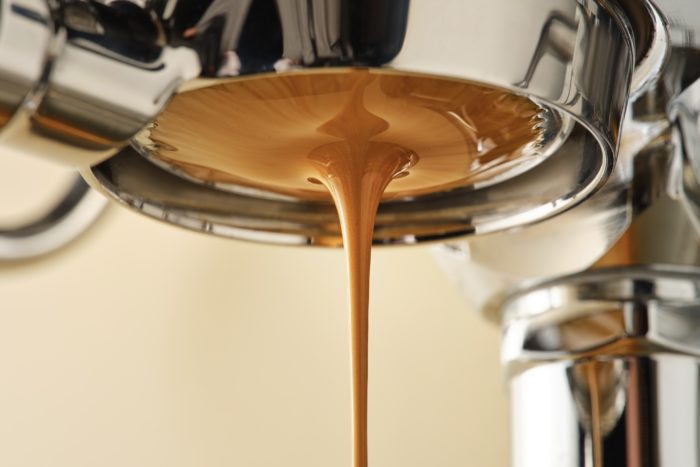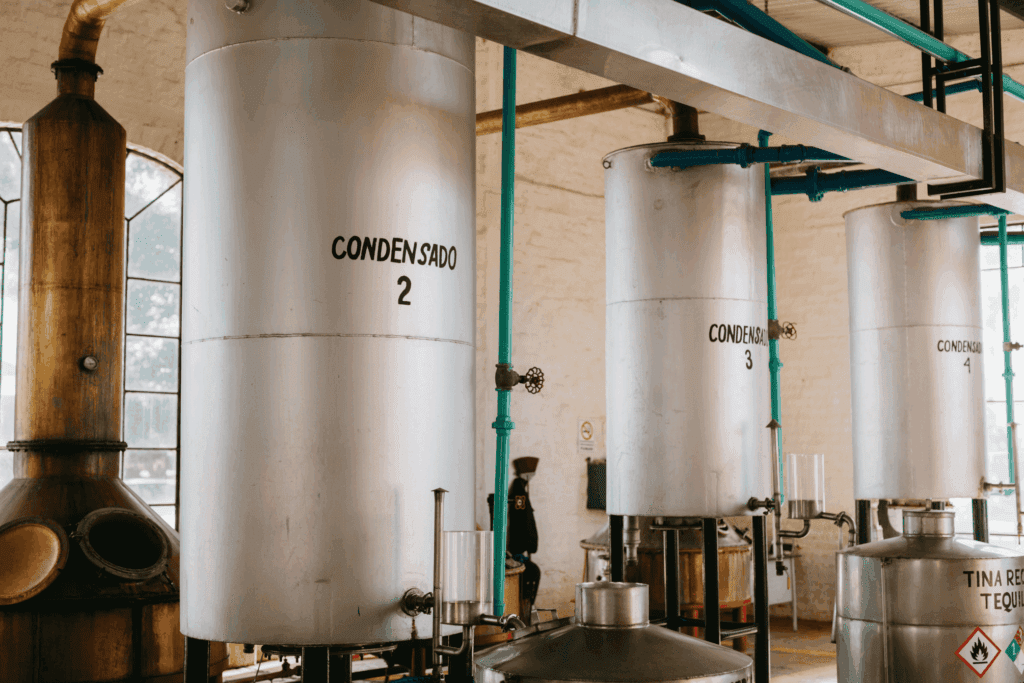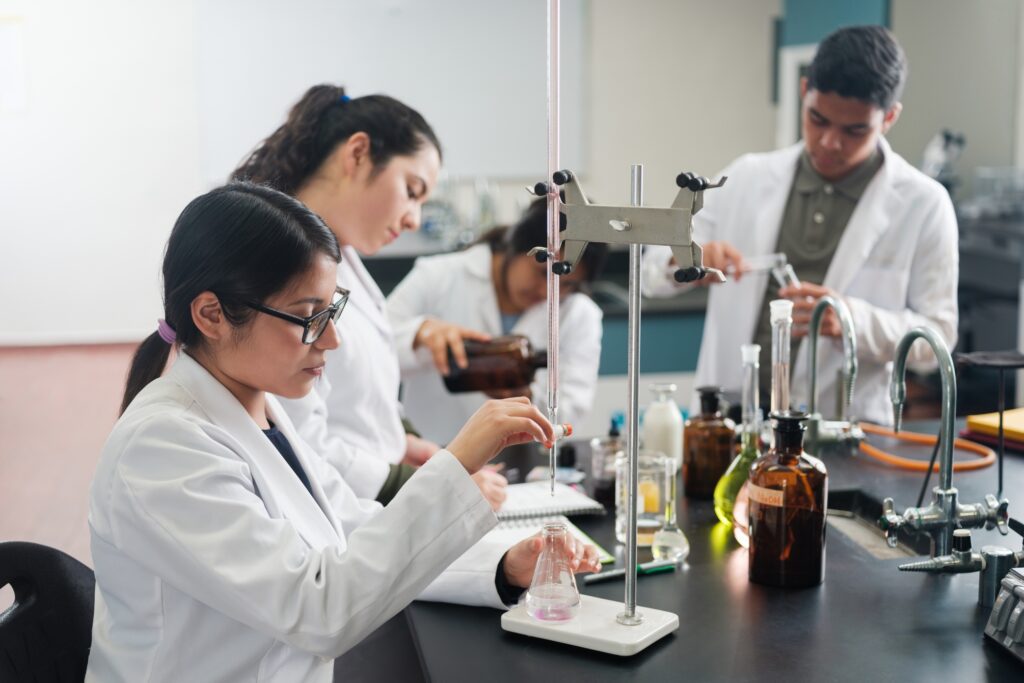

Coffee is woven into daily routines worldwide, vying with tea for the spot as the world’s most consumed beverage. But the industry faces mounting challenges—from climate change to supply disruptions—that are pushing innovators to rethink how we enjoy our favourite brew. In this article, we’ll explore new coffee and alternatives production upstream, then focus downstream on reducing or repurposing coffee waste.
What if your coffee wasn’t made from coffee beans at all? That’s the premise behind several innovative companies crafting coffee alternatives by blending upcycled ingredients to mimic the flavour and kick of traditional coffee. These companies rely on some expected ingredients like tea, chicory, and roasted beans, as well as some more surprising ones like dates, barley, and grape seeds. By using low-value products and plants grown in temperate regions, these companies can avoid supply chain disruptions, deforestation concern, and climate change impact affecting traditional coffee.
Take Atomo Coffee, a US startup known for its beanless cold brews. Atomo has reverse engineered the compounds that give coffee its flavour and reassembled them from a blend of other plant materials and extracts. The result? Drinks that taste remarkably like coffee but according to Atomo, use 94% less water and emit 93% less carbon than regular coffee production.
Similarly, companies like Prefer, Minus, and Morrow use fermentation to unlock complex flavours from plant-based ingredients, and then roast and grind them, just like you would with coffee. This allows for fine-tuned and complex flavour profiles like with specialty coffee.
Recently debuted Koppie is working on fermenting and roasting whole legumes, to create an experience closer to fresh-ground coffee. Although these alternative coffee products are still niche, cafe chains like Starbucks, instant coffee producers like Nestlé, and ready-to-drink giants like Suntory are taking notice, showing support with investment

